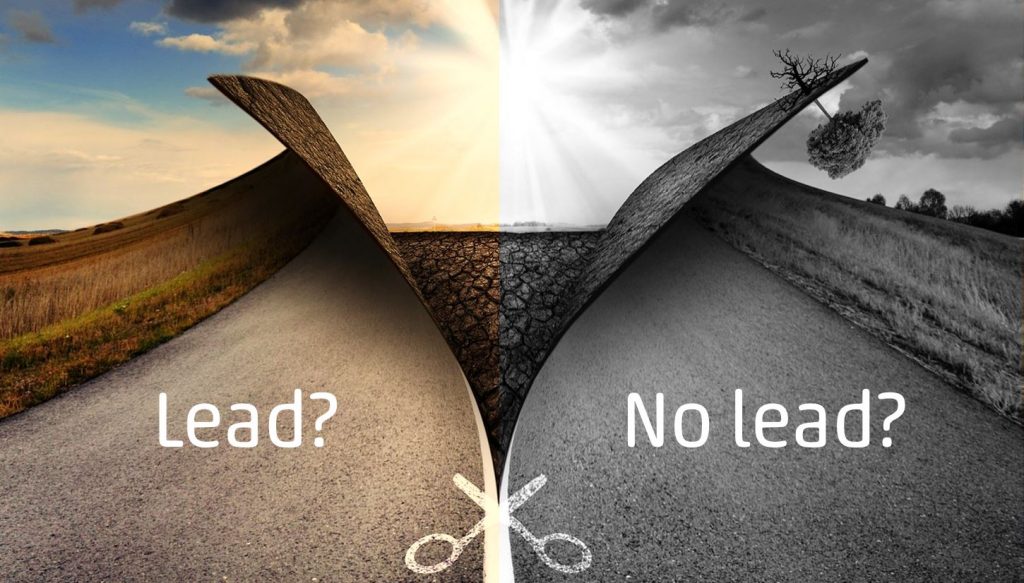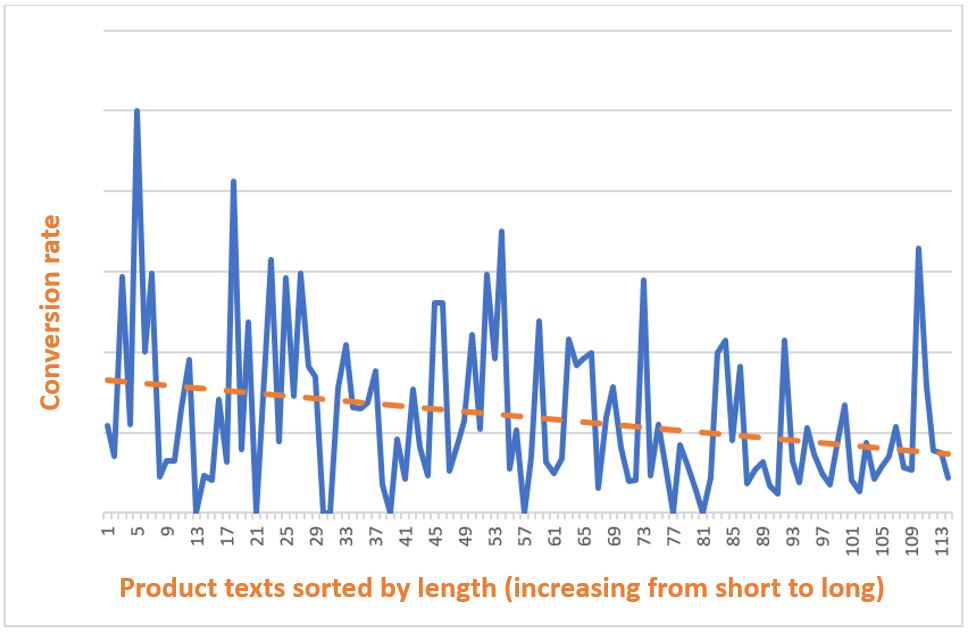
Most of us will have heard awkward requests like that before, be it from our line manager, an existing customer or a potential buyer who we want to win over by highlighting the advantages of our product.
Unfortunately we never get to hear this request in online marketing. Instead of asking us to be concise, the anonymous prospective customer will briefly scan our online ad, give it a split second evaluation of the “Do I have time for this right now?” sort and, in the worst case, move on to never return. We lose potential leads all the time because our messages are too complex, too difficult to comprehend or too unattractive for success via the internet.
And with good reason. We need to stop wasting the time of our existing and prospective customers. Let’s clear the hurdles out of their way! Make it nice and easy for them!
Crash course “Online marketing explained in 10 seconds”
In the next ten seconds, I would like to summarise what you need to keep in mind when generating B2B sales leads, for example through third-party portals:
- Make your potential customers curious.
- Nurture their desire to find out more.
- That’s it!
This is, of course, an incredibly strong contraction of the AIDA principle. Having said that, it does address one of the core problems of many product advertisements that we, as operators of science-focused B2B industry portals, witness time and again.
Risks and side effects of “information overload” in product texts
What does someone who views your advertisement on a third-party site not need to leave you a sales lead? The answer: full and comprehensive details of all product properties from A to Z.
This is where many marketing and product managers make the same mistake over and over again: they believe they have to mention every tiny advantage, every technical detail and every possible application in their advertising texts to make their product stand out.
This is wrong, so very wrong. If you bombard your readers with too much detail, one of the following two outcomes is likely:
- The prospective customer will be overwhelmed by the masses of information and prefer to move on. Result: no sales lead.
- If that doesn’t happen, the prospective customer will believe to know everything that matters about your product and that there is no need to get any further information. Result: again, no sales lead.
From my experience I can tell you that number 1 is the most common.
Let’s talk about facts, baby
Recently, we analysed 116 product presentations on our B2B industry portals. They covered laboratory equipment for professionals from the chemical industry, analytics, biotechnology etc. We wanted to find out how product presentations with a high conversion rate differ from those that generate fewer leads. After looking into dozens of possible success criteria, the answer became clear: the length of the product text had the greatest influence on the lead conversion rate (see Figure 2).
The analysed product texts ranged between 687 and 4,399 characters in length. The median – i.e. the value lying exactly in the middle, separating the shortest 50% from the longest 50% of product texts – was 1,920 characters long, including spaces. (For comparison: 1,800 characters fill a typical A4 page.)
The 58 shortest product presentations, with an average of 1,627 characters, were only half as long as the 58 longest ones – but achieved a 58% higher conversion rate!
If instead we compare only the 20 shortest with the 20 longest product texts, the difference is even greater: Although the “Top 20”, averaging 1,139 characters, were only a quarter as long as the “Flop 20”, their conversion rate was 94% higher.

Conversion rate; Product texts by length (in order from shortest to longest)
When we sorted the product texts in ascending order of length, the trendline indicated a clear correlation with the conversion rate.
Dare to leave things out – it won’t hurt you
As you can see, it can be fatal to shower your potential customers with dispensable details in ads on third-party portals. Stick to the customary practice of pulling your prospective customers, not pushing them. Make them curious with selected bits of information, don’t saturate them. Create a tension that, in conjunction with an appropriate call-to-action button, attracts potential customers and encourages them to fill in the online contact form.
My hands-on recommendations:
- For advertising on third-party B2B portals, draft a short, easy-to-digest text of not much more than 1,100 characters.
- Avoid your bullet point lists becoming too long by squeezing in ever more features.
- Focus your product text on the 2 or 3 most relevant user benefits or USPs. (Read in another blog how best to bring across those benefits in product texts and how the FAB technique can help you.)
Ideally, the third-party portals on which you are advertising will offer the possibility of visually highlighting the main benefits and advantages of your product as ‘take-aways’. The prospective customer will not necessarily have to read the entire product text, but can see at a glance what your product is all about.
Unanswered questions stimulate dialogue rather than curtail it
To all the sceptics who still believe they have to mention every technical detail and every exotic application scenario in their texts and bullet points in order not to lose any potential customers:
You know what’s going to happen if you overcome yourself to change your strategy and present your product with a concise and focused text? Your curious but not yet fully satisfied potential customers will fill in the online contact form and pose their exotic application questions in the comment field.
This is how lead generation works best in online marketing. Give it a try.
